Quizás te preguntes: ¿es bueno darle manzanilla a un bebé? Antiguamente, abuelas, abuelos, tías o vecinas siempre recomendaban, ante el cólico del lactante o el estreñimiento, darle manzanilla al bebé. Actualmente, una gran parte de la sociedad ya sabe que no es necesario darle manzanilla a un bebé y, además, que no se debe ofrecer ningún alimento o agua hasta los 6 meses de edad.
En este fantástico artículo de Bebés y Crianza, ¿es bueno darle manzanilla a los bebés?, te explico si es bueno darle manzanilla a un bebé, por qué es mejor no hacerlo y cuándo se puede introducir en su dieta.
Índice
En este apartado, te voy a contestar lo que realmente estas buscando: ¿es bueno darle manzanilla a los bebés? y la respuesta es simple: no es necesario. A continuación, te ofrezco 4 argumentos:
La manzanilla se da, en primer lugar, como remedio para los cólicos del lactante. En un bebé que mama con una posición óptima y con un buen agarre no deberían aparecer los cólicos, ya que no traga aire.
Si tu bebé solo toma pecho y detectas que puede tener cólicos, la mejor opción es revisar la posición y el agarre con una asesora de lactancia. Es importante modificar la posición al inicio de la lactancia, ya que más adelante podría ser imposible de corregir. Si toma biberón, también es importante revisar de qué forma se está haciendo.
Un bebé recién nacido tiene el estómago muy pequeño y necesita, como primera opción, calostro o leche de formula (dependerá de la opción de cada familia). El calostro es la primera sustancia que segrega el tejido mamario y aporta proteínas, minerales y vitaminas, además de muchísimos componentes más. A partir del segundo día de vida, el calostro desaparecerá, empezará la producción de la leche de transición y a partir de los 15 días, la leche madura.
Ante los cólicos, el pecho materno tiene un efecto calmante (siempre y cuando no se trate de una intolerancia a la leche) y es uno de los mejores remedios, ya que:
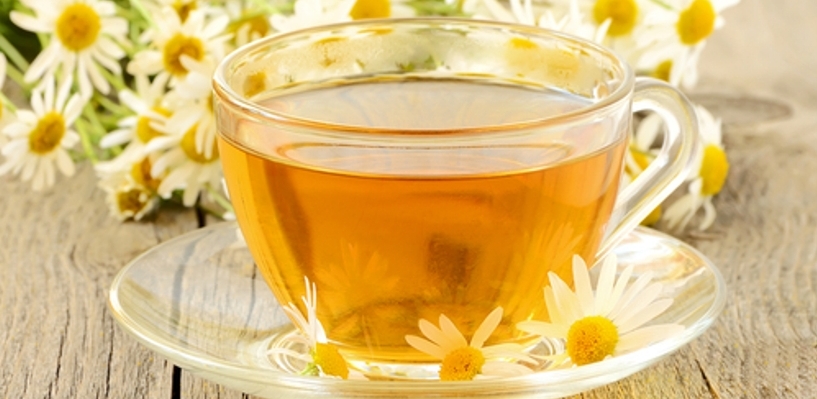
La manzanilla, a parte de utilizarse como un remedio para los gases, también se usa como remedio para el estreñimiento. Igual que no hay evidencia médica de que la manzanilla reduzca el cólico del lactante, no hay evidencia de que reduzca el estreñimiento.
La leche artificial restriñe mucho más que la leche materna. Es importante que si un bebé de lactancia artificial no hace caca durante unos días lo valore un pediatra, para nuestra tranquilidad. Sin embargo, es más común que un bebé de lactancia materna no haga caca por unos días y sea totalmente normal.
Sin embargo, es más común que un bebé de lactancia materna no haga caca por unos días y sea totalmente normal.
A partir de los 6 meses, los bebés inician la alimentación complementaria. Antes de los 6 meses, como he explicado antes, no deben tomar nada más que lactancia materna o artificial. A partir de este momento, la leche seguirá siendo el alimento base y la alimentación, complementaria.
Aunque la manzanilla no debe substituir una toma de pecho ni de alimentación complementaria, se puede ofrecer. La mejor forma de ofrecer manzanilla es a partir de infusiones en bolsitas o manzanilla en flores. Es recomendable no dar preparados que contengan nada más que manzanilla pura.
Si quieres ofrecer, de vez en cuando, una infusión de manzanilla al bebé, voy a explicarte cómo hacerlo:
 Si el bebé no ha tomado biberón, no es necesario introducirlo, ya que se podría entender como una regresión. Para preparar la manzanilla en vaso solo hace falta hervir una vaso de agua e introducir una bolsita. Una vez el vaso ya no queme, podemos ayudar al bebé a tomárselo o bien introducirlo en un vaso de aprendizaje, dependerá de cada familia.
Si el bebé no ha tomado biberón, no es necesario introducirlo, ya que se podría entender como una regresión. Para preparar la manzanilla en vaso solo hace falta hervir una vaso de agua e introducir una bolsita. Una vez el vaso ya no queme, podemos ayudar al bebé a tomárselo o bien introducirlo en un vaso de aprendizaje, dependerá de cada familia. Pina, D. I. (2018). La recomendación de lactancia materna exclusiva hasta los 6 meses de vida: algunas consideraciones. Acta pediátrica española, 76(3/4), 40-43.
Zapata, V. A., Cabarcas, W. P. M., Gómez, L. S., & Mendoza, M. A. A. (2018). Lactancia materna, gotas de oro para la vida. Salud en movimiento.
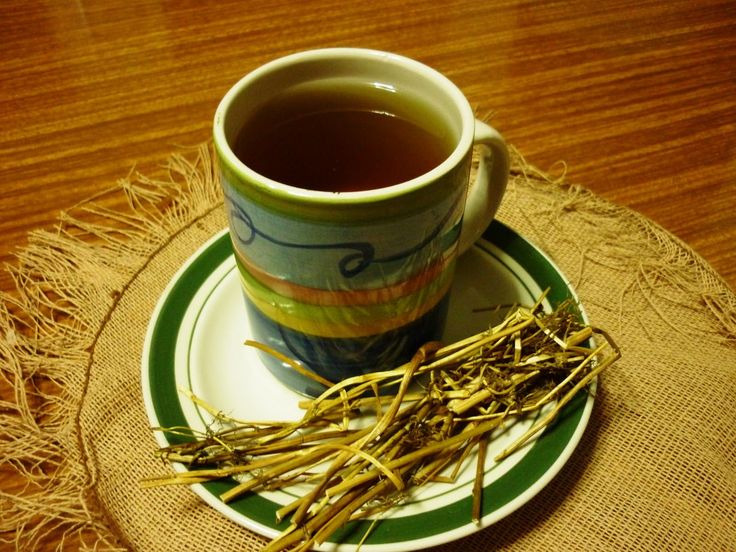 Harvey Karp
Harvey Karp
By Dr. Harvey KarpLe Dr Harvey Karp, pédiatre américain à la retraite, est
l’inventeur du SNOO et le fondateur de Happiest Baby Inc.
Through the ages, teas to aid digestion have been recommended for unhappy babies.
So, is chamomile tea safe for babies? Yes. Traditionally, mothers brewed chamomile tea for babies—as well as peppermint, fennel, or dill teas—to help upset tiny tummies.
The ancient roots of this practice are reflected in the names that different cultures have chosen for these herbs. In Spanish, peppermint is called yerba buena, meaning the “good grass”; in Serbian it is nana, meaning “grandmother.” Dill was used to settle stomachs in ancient Egypt and Greece, and in Viking times. Its English name derives from the Old Norse word dilla, meaning “to soothe or calm.”
Chamomile tea for babies is said to have calming properties; peppermint may ease intestinal spasms; dill helps soothe gas; and fennel has been reported to dilate intestinal blood vessels, perhaps facilitating digestion.
Interestingly, some studies have shown a lessening in crying after fussy babies are given herbs. An Israeli report found a tea containing chamomile, fennel, vervain, licorice, and balm mint lessened fussing more than a placebo. And an Italian study found that drops of chamomile, fennel, and lemon balm extract had some benefit.
Trying Herbal Teas for Babies
In general, I prefer not giving babies any oral supplements or remedies, but if you want to give baby tea a try, here is how:
Dill is also found in “gripe water,” a folk remedy for colic that can be found in stores in the United States, Great Britain, and the Commonwealth nations.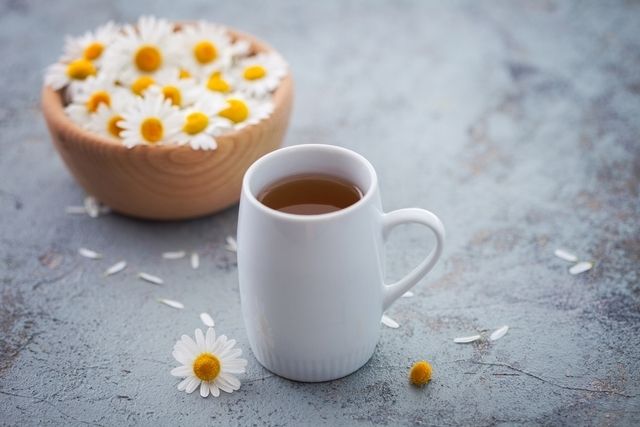 This remedy has never been shown to be effective, and it often contains unwanted sugar, sodium bicarbonate, and other additives.
This remedy has never been shown to be effective, and it often contains unwanted sugar, sodium bicarbonate, and other additives.
Note: Never give tea made of star anise! In babies, star anise tea can cause neurological problems, including seizures.
See similar posts
Have questions about a Happiest Baby product? Our consultants would be happy to
help! Connect with us at [email protected].
Disclaimer: The information on our site is NOT medical advice for any specific person or
condition. It is only meant as general information. If you have any medical questions and concerns about your child or
yourself, please contact your health provider.
How to tell Oloroso from Manzanilla and what to eat with them
The following list of sherry varieties is in order from simplest to most vibrant and intense.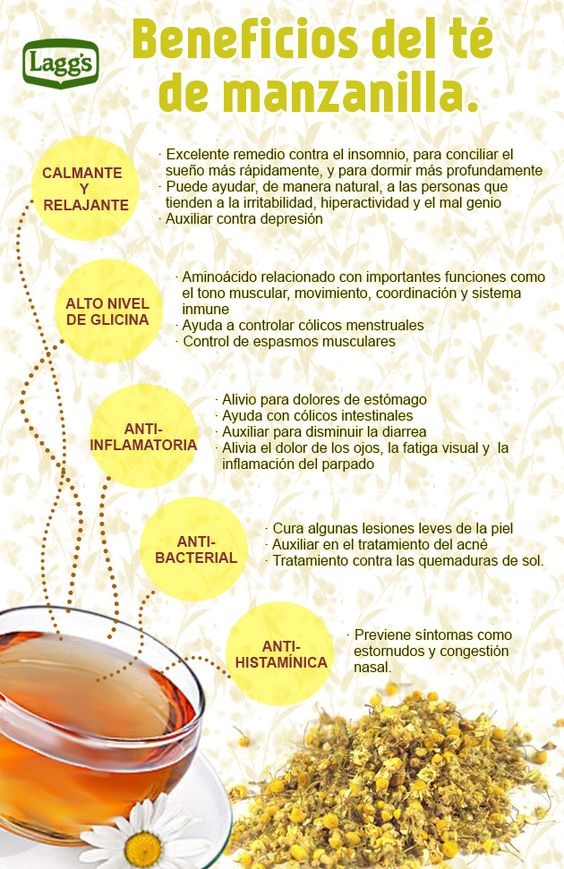
? Manzanilla
Manzanilla and Fino, both varieties mature under a protective film of white yeast. The film does not allow the wine to oxidize. It is called “flor” and it covers the entire surface of the liquid, so there is no contact with air. That is why such wine is lighter and lighter in taste. However, one should not be confused with the other. Go to a bar in Jerez and order a manzanilla. You will be treated about the same as asking for an Arsenal jersey at the Tottenham Spurs club shop. And all because manzanilla is produced fifteen miles northwest of Jerez in the coastal Sanlúcar de Barrameda. There is no more jealous competition than between immediate neighbors. Manzanilla is as elegant as Chinese bone china sherry. It is like prize racehorses that rattle their hooves through the streets of the city, along the long beach every August. Manzanilla is dry, with a refreshing taste on the palate and a salty aftertaste. Drink it chilled. Salted roasted almonds make a nice accompaniment to a manzanilla. It is also good with seafood – shrimp fried with garlic and lemon, smoked sardines with tomatoes, onions and basil leaves, grilled to a dark crust, or with chilli squid.
It is also good with seafood – shrimp fried with garlic and lemon, smoked sardines with tomatoes, onions and basil leaves, grilled to a dark crust, or with chilli squid.
Manzanilla can be served as the “first drink of the evening”. If friends drop by, I cook scallops with dry-cured ham, in the form of canapes, so that you can eat directly with your hands. To do this, you will need half a slice of ham or jamon (Iberian ham) for each scallop (or less if the scallop is not large or the pieces are small) at the rate of three to four scallops per person. Usually this is enough. You need to wrap each scallop with a thin slice of ham, put on a baking sheet and cook in preheated to 190 °C (gas mark 5) in the oven for 5-8 minutes until the scallop is cooked through.
? Fino
In the hinterland of Jerez, where it is hotter, the flor on the wine develops more vigorously. As a result, this results in Fino having a more intense character than Manzanilla. Fino is richer, with a deeper and broader flavor, a sharp yeasty character and very often a smoky aroma.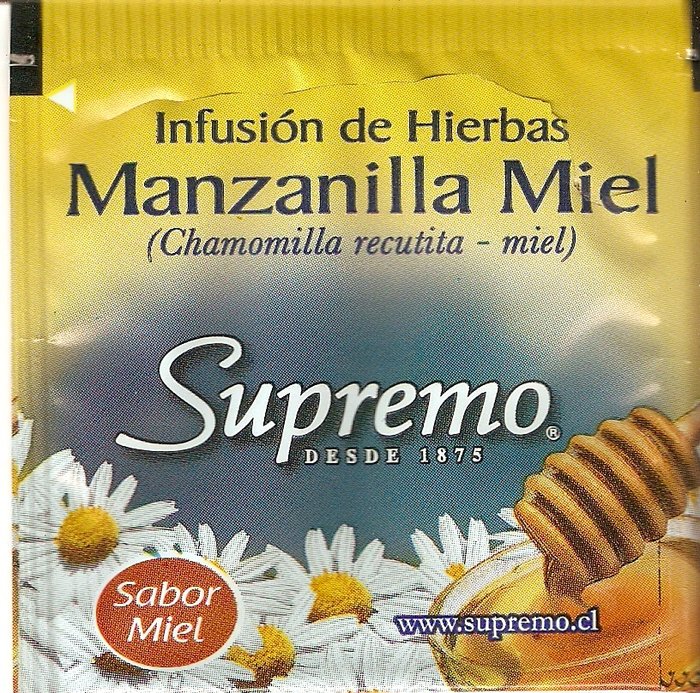 It goes well with fish soup, smelling of saffron and tomatoes, with garlic sauce, it is also good with gazpacho and oysters – or you can drink it with any snacks.
It goes well with fish soup, smelling of saffron and tomatoes, with garlic sauce, it is also good with gazpacho and oysters – or you can drink it with any snacks.
A few types of cold meat are enough for a good starter. You can add some tortillas, artichokes and Manchego cheese with membrillo (quince marmalade) to this. If you have dry chorizo (dry sausage with red pepper) sold in supermarkets as salami, you can cut it into slices and fry in its own fat until it dries out. Then let the remaining fat drain onto a kitchen napkin and put on plates. I also like toasted leaf chicory, toasted and juicy – its slight bitterness is extraordinarily good with fino. Either all of this should be enough to fill you up, or you should switch to paella or stewed leg of lamb from
a good bottle of rioja.
? Amontillado and Palo Cortado
This is where the confusion really starts! Both varieties of wine start life as Fino. The flor then dies and the sherry is exposed to the air.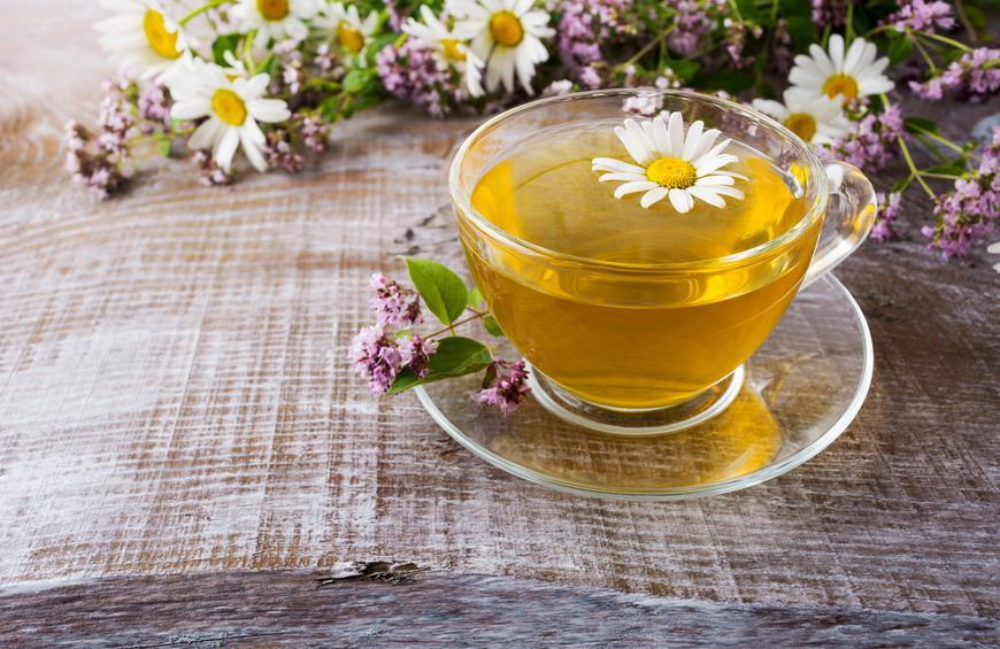 From this moment, the oxidation process begins. The manifestation of the difference between the two varieties is a matter of time. In amontillado, the “flor” lasts longer, because the wine becomes aged fino by the time the yeast film dies. Palo cortado is the kind that sherry fans prefer to everyone else. It is rare that one in a thousand barrels of fino naturally loses its flor very early. Prolonged exposure to air gives the drink a quality that is average between amontillado and oloroso. It has a more intense, complex taste – almonds and hazelnuts, coffee bean and caramel (and I sometimes also taste penicillin, only it does not sound so romantic). If I am going to eat these brands of wine with smoked ham, I always ask that I cut it a little thicker – then there is something to chew on and something to sink my teeth into. Both wines also go well with hard and tangy cheeses like pecorino.
From this moment, the oxidation process begins. The manifestation of the difference between the two varieties is a matter of time. In amontillado, the “flor” lasts longer, because the wine becomes aged fino by the time the yeast film dies. Palo cortado is the kind that sherry fans prefer to everyone else. It is rare that one in a thousand barrels of fino naturally loses its flor very early. Prolonged exposure to air gives the drink a quality that is average between amontillado and oloroso. It has a more intense, complex taste – almonds and hazelnuts, coffee bean and caramel (and I sometimes also taste penicillin, only it does not sound so romantic). If I am going to eat these brands of wine with smoked ham, I always ask that I cut it a little thicker – then there is something to chew on and something to sink my teeth into. Both wines also go well with hard and tangy cheeses like pecorino.
This text is an introductory fragment.
How to distinguish domestic meat from imported?
Pay attention to the following signs:• Meat color: hormonally grown meat is too red and bright. • Packaging: Imported packaging is very neat. And domestic meat is usually not at all
• Packaging: Imported packaging is very neat. And domestic meat is usually not at all
How to distinguish ankylosing spondylitis from osteochondrosis
An accurate diagnosis is essential to prescribing the right treatment. In the early stages, Bechterew’s disease can only be recognized by specialists using x-rays. Sometimes it is mistaken for osteochondrosis, so as not to
How to distinguish ankylosing spondylitis from rheumatoid arthritis
Ankylosing spondylitis affects mainly men, while rheumatoid arthritis affects mainly women (up to 75% of cases). In rheumatoid arthritis, the joints (mainly the hands) are affected
How to distinguish goji from fakes
1. To taste. Goji is sour-sweet, and barberry has a pronounced tart sweet-salty-sour taste with a long aftertaste.2. By color. Too bright berries should alert you – most likely, a dye was used. Check it out
To taste. Goji is sour-sweet, and barberry has a pronounced tart sweet-salty-sour taste with a long aftertaste.2. By color. Too bright berries should alert you – most likely, a dye was used. Check it out
43
The West is the smell, the East is the delight
Meanwhile, as fate draws us along the tide,
we change names, addresses,
sensations and tastes, colors and attractions,
signs, smells, sounds, friends’ voices…
We were left alone with the New World,
where the janitor is not a janitor, but a superintendent.
He
What should I eat?
Key points
? The principles of Ayurveda, traditional Indian medicine, provide a solid guide to modern nutrition.
? Ayurveda treats food as part of a holistic experience of life.
? Ayurveda speaks of six tastes, each of which is different
“Margaritas” and what to eat with them
“American socialite Margaret Simes served this drink to her guests at garden parties in Acapulco at 1940s. “The cocktail was created especially for actress Marjorie King, who complained that she was allergic to all
“The cocktail was created especially for actress Marjorie King, who complained that she was allergic to all
Oloroso
Its dark color is reminiscent of mahogany paneling, old leather suitcases, gnarled bowls of hazelnuts, dried figs and walnuts. Oloroso is made by fixing sherry in such a way that it contains too much alcohol for the “flor” to grow. It’s dry
reference books in Russian (including Miami) – Julia Nilsson, who lives in the south of Spain.
Did you know that in terms of the number of UNESCO World Heritage Sites, Spain ranks second after Italy, only 1 behind?
Courtyards of Cordoba and the fabulous Alhambra, works by Gaudi and Basque rock paintings, the Cathedral of Seville and the Way of St.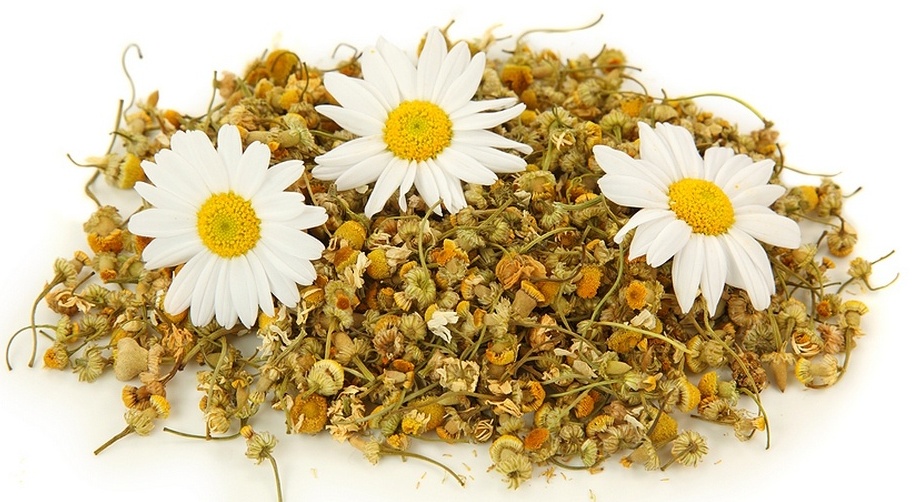 James in Santiago de Compostela are recognized as the heritage of mankind. There are 44 objects in total and each of them is attractive in its own way. But I will tell you about the places that are visited not by tourists, but by travelers.
James in Santiago de Compostela are recognized as the heritage of mankind. There are 44 objects in total and each of them is attractive in its own way. But I will tell you about the places that are visited not by tourists, but by travelers.
There are two types of travel – the first and with children. The places I invite to are good for any purpose – to increase the children’s horizons or lower the level of our own denseness, to touch history or to feel what the sophisticated French call joie de vivre – the joy of life.
Every trip, as the remarkable traveler P. Weil used to say, is a lesson. A trip to Sanlúcar de Barrameda is an exciting lesson in history, geography, culture and cooking at the same time. Unlike the neighboring resorts of southern Spain, they live here for themselves: they catch the freshest fish and eat it themselves, make wine themselves .., think right, they drink it themselves in small cozy wine bars – bodegas. This region breeds grapes, magnificent Iberian horses and mighty bulls for bullfights, plucking guitar strings, dancing flamenco and sunbathing right on the sand, and not on the white beach beds of fashionable clubs with world names.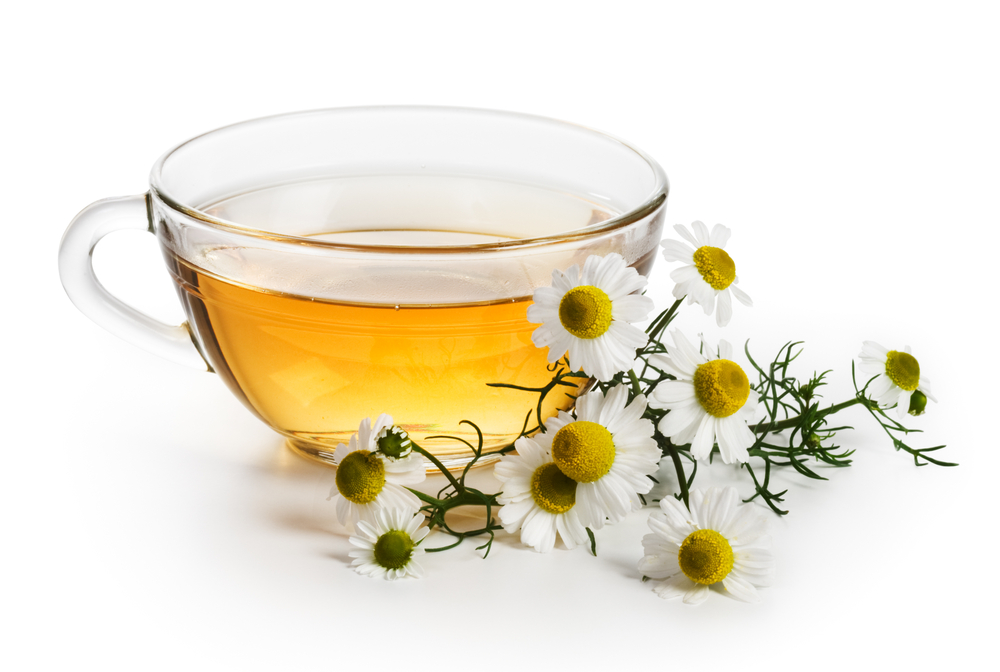
But don’t be fooled by the modest charm of a fishing town. Any adventure is associated with the scenery in which they occur. Not a single river in the world has seen so much gold as the Guadalquivir, which flows into the Atlantic Ocean in this very place. Due to its strategic location, in the 15th-17th centuries, Sanlúcar became the starting point for explorers, conquistadors and missionaries going to the New World. From here, in 1498, the third expedition of Christopher Columbus went to South America, and in 1520, the ships of the famous conquistador Panfilo de Narvaez left this bay in order to keep the excessively zealous Hernan Cortes in Mexico, the very one who destroyed the Aztec civilization.
Sanlúcar is a direct participant in the drama associated with the circumnavigation of the flotilla of Fernando Magellan: in 1519, 256 daredevils left the coast, of which only 18 returned back, led by the Basque Sebastian Elcano, the first person to circumnavigate the world.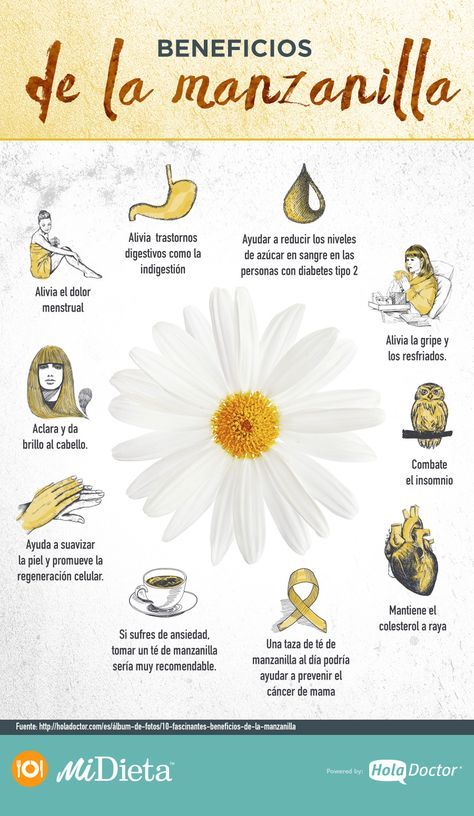 Instead of honors, the heroes got a public censure: the church considered the day lost as a result of moving around the Earth to the west as the result of breaking fasts. True, Elcano received a family coat of arms depicting the globe with the inscription “You were the first to travel around me”, and a pension of five hundred ducats.
Instead of honors, the heroes got a public censure: the church considered the day lost as a result of moving around the Earth to the west as the result of breaking fasts. True, Elcano received a family coat of arms depicting the globe with the inscription “You were the first to travel around me”, and a pension of five hundred ducats.
And if you dig even deeper, and in the truest sense of the word, as archaeologists do in the nearby La Doñana reserve, you can unearth a lot of interesting things about the ancient Tartessian civilization that existed in these places in the 1st millennium BC. Some scientists are inclined to think that Tartessus was a colony of the mysterious Atlantis. A little mystery never hurts any city.
What to see. The embankment, the boulevard with sea taverns, charming old churches, each with its own history, palaces of aristocrats, lush gardens, various forms of heritage from Roman, Moorish and Catholic times – everything that a Spanish city should have is here.
But Sanlúcar will surprise you:
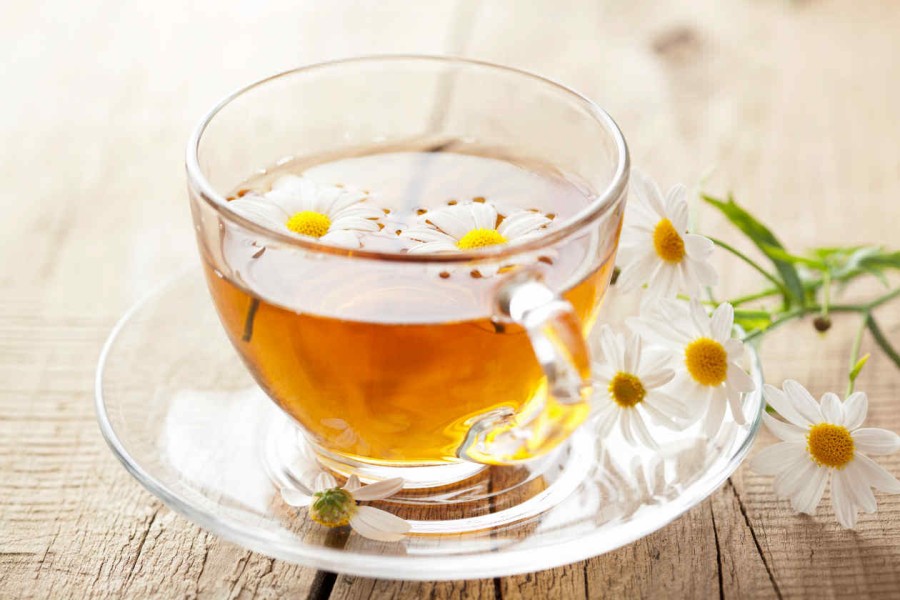 Of course, a hero! But on the other hand, the Moors were not going to destroy the city, but the child’s head had to be cut off, for which Papa Guzman received the honorary nickname El Bueno (Good) and, in addition, the title of Duke of Medina Sedonia and Sanlúcar as a fiefdom for founding a dynasty. Subsequently, megalomania brought one of his descendants to an unsuccessful attempt to proclaim himself king of Andalusia.
Of course, a hero! But on the other hand, the Moors were not going to destroy the city, but the child’s head had to be cut off, for which Papa Guzman received the honorary nickname El Bueno (Good) and, in addition, the title of Duke of Medina Sedonia and Sanlúcar as a fiefdom for founding a dynasty. Subsequently, megalomania brought one of his descendants to an unsuccessful attempt to proclaim himself king of Andalusia. Where and what to eat. The adventures of spirit and flesh are inseparable. Michelin fans can taste the beauty of the famous Mustache (Casa Bigote) – a culinary oasis with a super-hypermegahit – paella. However, all the wealth of the Atlantic awaits you in any simple eatery like “Beer Surf” (I’m not kidding – Cerveceria La Marea).
The emblem of the city and the subject of universal desire – shrimps “langostino”. Check if the rumor is wrong when they say that living in a special mixture of salt and river water, these shrimp are the best in Europe.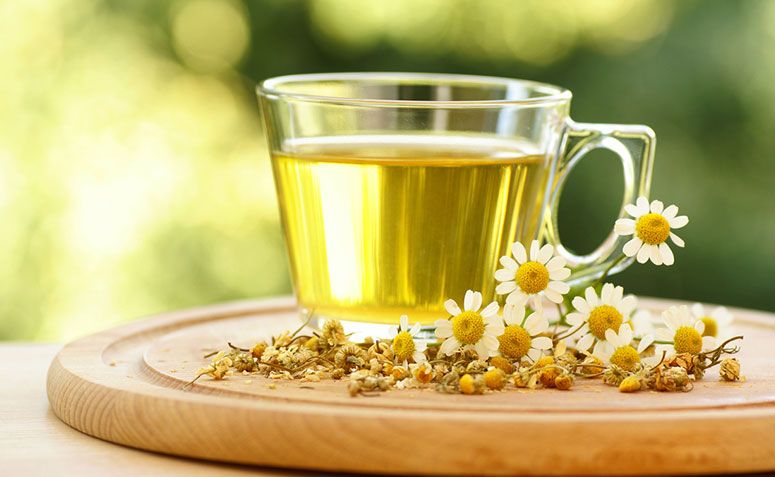 The local “seals” are good (the average between a giant shrimp and a tiny spiny lobster), small snails in a tomato and juicy, tender, which is not very easy to achieve, cuttlefish. About local octopuses, sprinkled with Spanish smoked pepper, I can breathe for hours. Common hake, as the traveler Olga Baklanova, wise in her culinary experience, accurately noted, smells here not of fish, but of a fresh Atlantic wave, and if it is also cooked in a green sauce of aromatic herbs and tamed vicious garlic … But neither Olga nor I don’t we recommend taking even out of curiosity; fish swims in a plate in such an amount of olive oil, as if the chef is trying to reproduce its usual habitat – the yellow waters of the mouth of the Guadalquivir River.
The local “seals” are good (the average between a giant shrimp and a tiny spiny lobster), small snails in a tomato and juicy, tender, which is not very easy to achieve, cuttlefish. About local octopuses, sprinkled with Spanish smoked pepper, I can breathe for hours. Common hake, as the traveler Olga Baklanova, wise in her culinary experience, accurately noted, smells here not of fish, but of a fresh Atlantic wave, and if it is also cooked in a green sauce of aromatic herbs and tamed vicious garlic … But neither Olga nor I don’t we recommend taking even out of curiosity; fish swims in a plate in such an amount of olive oil, as if the chef is trying to reproduce its usual habitat – the yellow waters of the mouth of the Guadalquivir River.
The quiet art of pacifying children – a dessert of candied fruit, and the Cadiz turon, with its heroic past, which you will be told anywhere in the country, because this story is connected with the proclamation of the first liberal Spanish Constitution in 1812.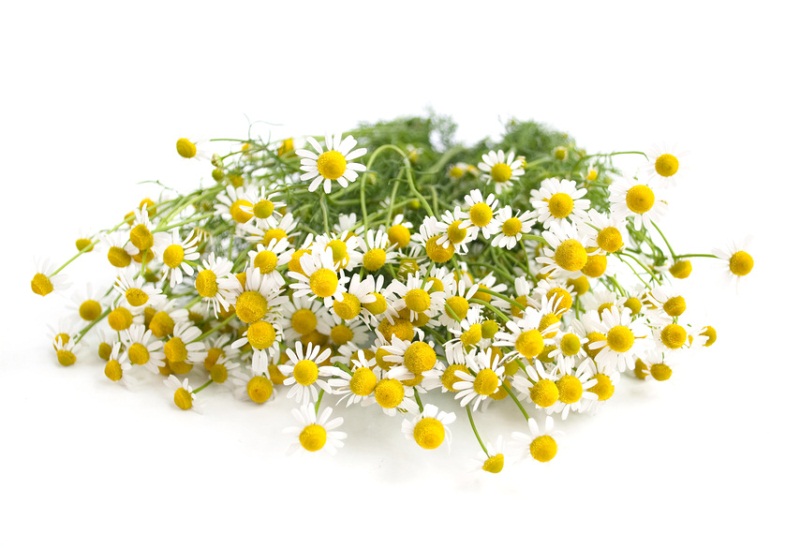
Where and under what drink. The question “what to drink?” not worth it, because Sanlúcar is the center for the production of manzanilla, one of the finest sherries. Actually the question “where to drink?” also idle. Bodegas are everywhere in the city, and it seems that all 63,000 Sanlukars visit them one after another, having an endless sweet conversation about nothing. But “under what do they drink here?” – the question is relevant. It is clear that, as always, the “three whales” of Spanish snacks are in favor – olives, jamon and hard cheeses. The first local tapas is the exotic delicacy huevas de choco. Even those who know Spanish do not immediately guess that this is cuttlefish caviar. Incomprehensible whitish rubber things can go exclusively under manzanilla, a lot of manzanilla, better very seasoned (muy viejo). And let the bartender pour it straight from the source of goodness – an oak barrel. Taste unexpectedly delicious tapas with cod caviar sliced in “sausage” circles and flavored with olive oil and vinegar.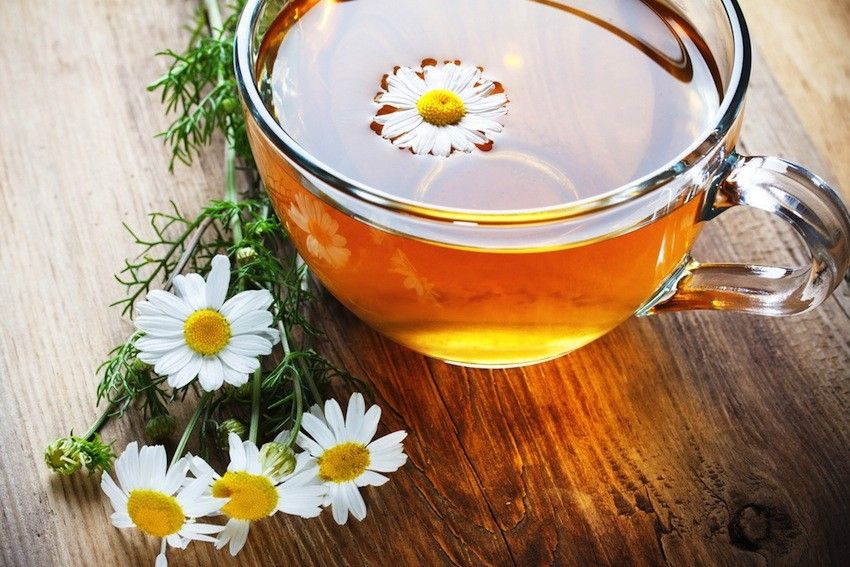
What to buy: While you’re in Sanlúcar, treat yourself to a trip to the market. The food stalls keep a proud national identity. Beautiful gifts of the sea and southern land! Do not miss the Piel de Zapo melon market (“toad skin”), this is the case when “terrible on the face, honey inside”. At noon, by the way, the wholesale market closes and sellers offer everything at half price. Tired of the process, you can drop into a marvelous bar right at the exit from the market and dive deeper into the very essence of Sanlucar life, that is, into an icy manzanilla. Children – candied fruits, in the same place …
If, when leaving Spain, you want to take with you not only a fridge magnet, pay attention to the products of craftsmen – wonderful souvenirs and dishes made of olive wood, good ceramics, traditional aprons and flamenco dresses with polka dots. You will surprise a Texan with a figurine of a bull in much the same way as a Russian nesting doll. But a copy of the old Spanish poster can be inserted into a stylish frame and decorate the interior with it.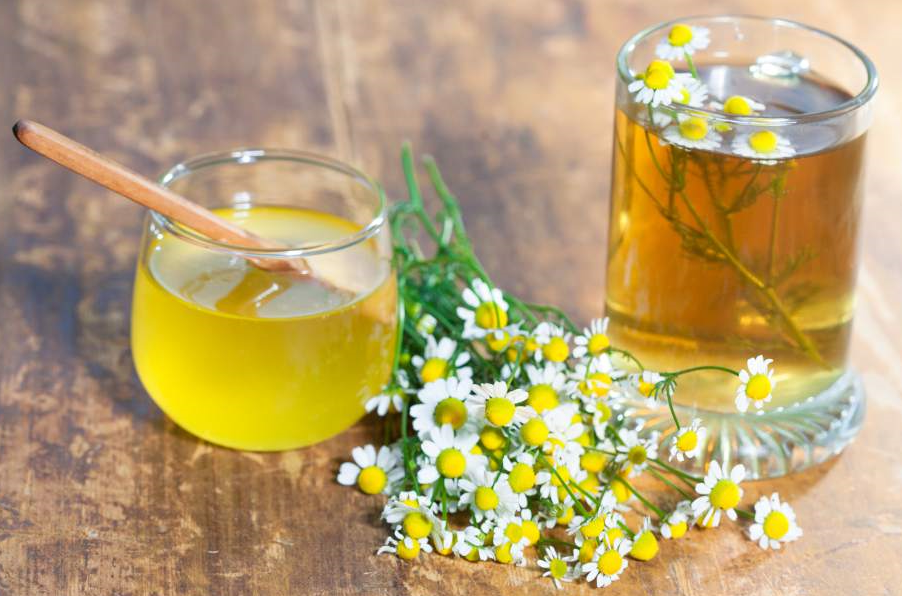 Designers around the world do this.
Designers around the world do this.
When to come. The climate here is hot, Andalusian, but softened by the influence of the Atlantic, so you can go here even in hot summers. Moist ocean winds refresh vines and travelers weary of the Mediterranean heat.
For those wishing to immerse themselves in Spanish culture, I recommend the beginning of June: the Feria de la Manzanilla leads to the Noches de Bajo de Guía, the season of flamenco, classical music and jazz festivals. In the spring, about a week before Pentecost, decorated wagons cross the river on ferries, caballeros ride horses next to elegant beauties; bonfires, flowers, wine, flamenco, playing the Spanish guitar – this is the time of pilgrimage to the Holy Virgin in El Rocío.
Fans of horses, sweepstakes and meetings with socialites are invited in August. An exciting spectacle of horse racing in a cloud of sand and no less exciting gambling bets at bookmakers are held on the 2nd and 4th weekends of August.
Triathlon fans who want to cycle 170 km, cross the Guadalquivir and run on the pristine beaches of Doñana should train by mid-September.